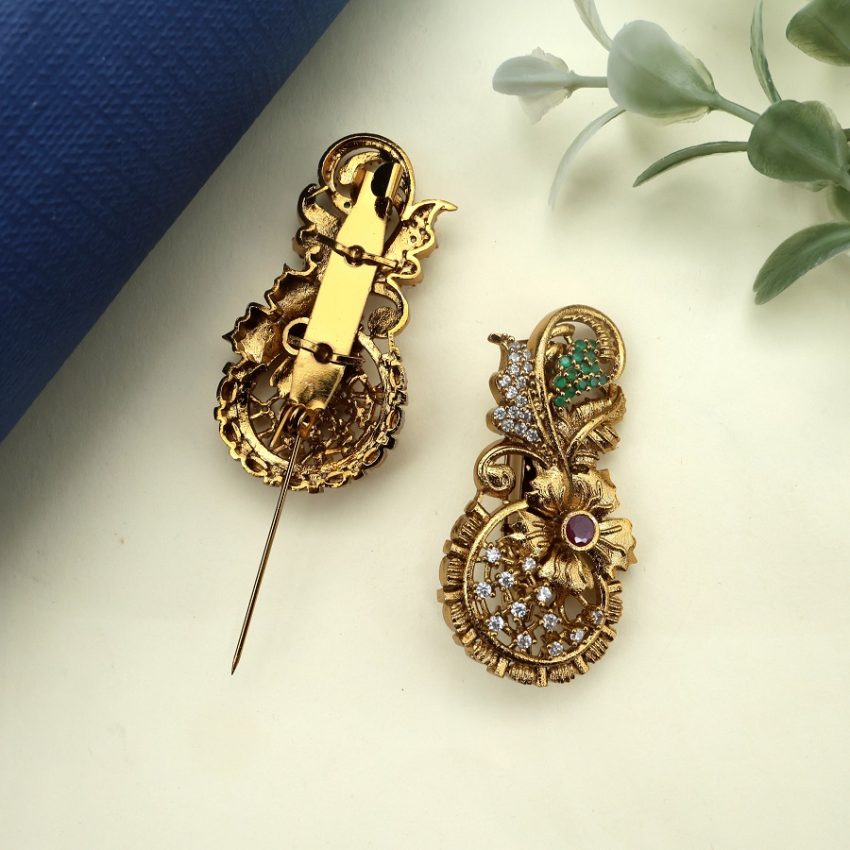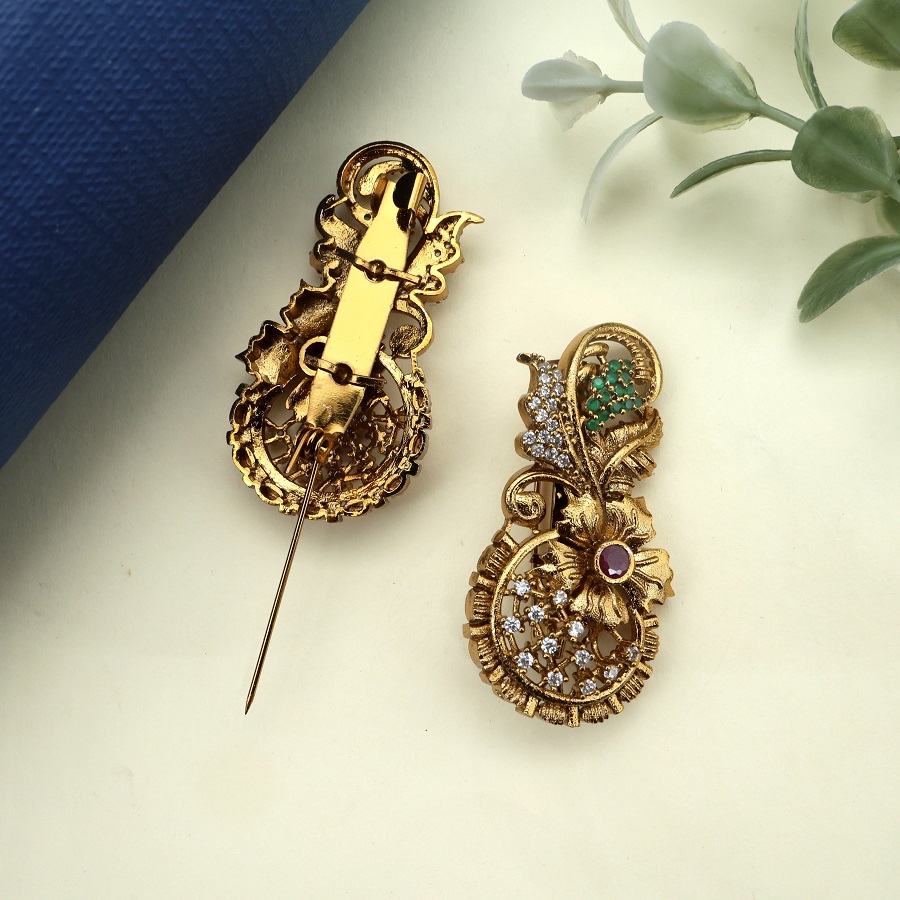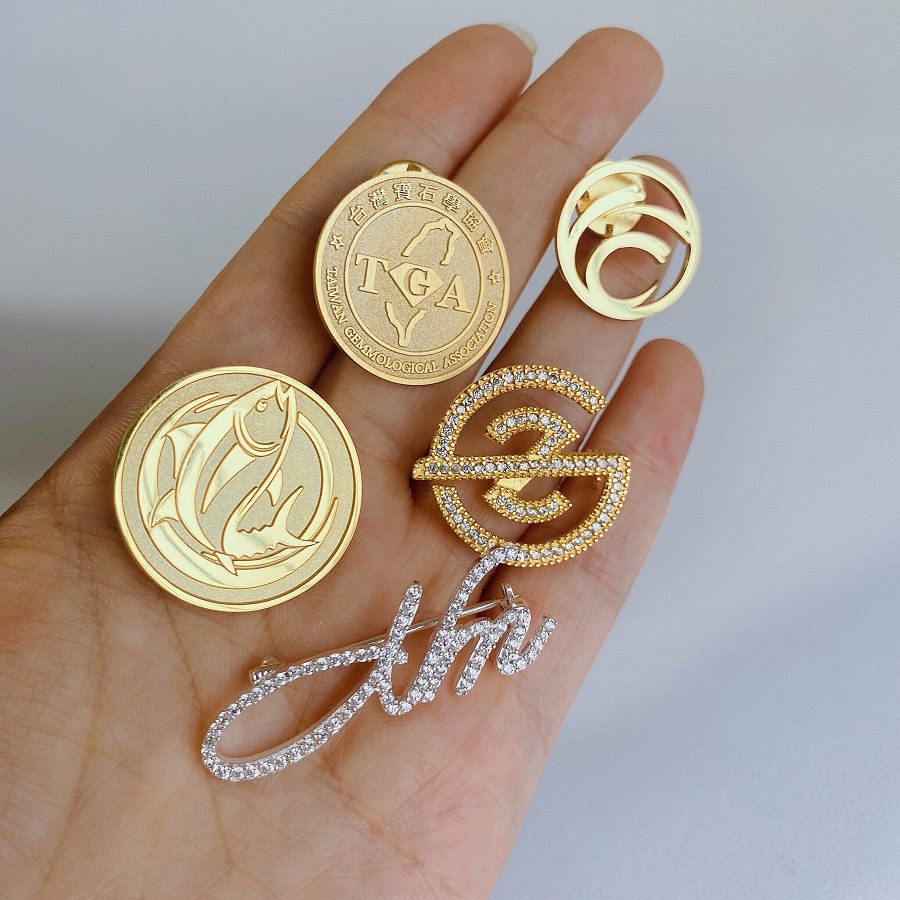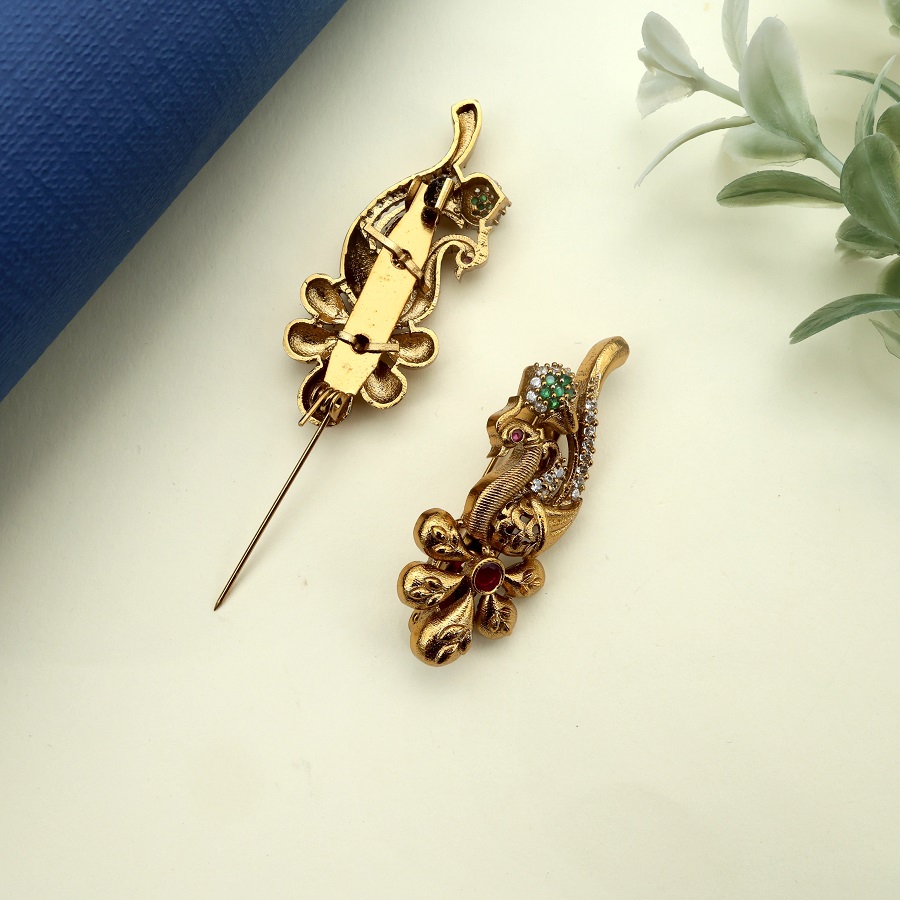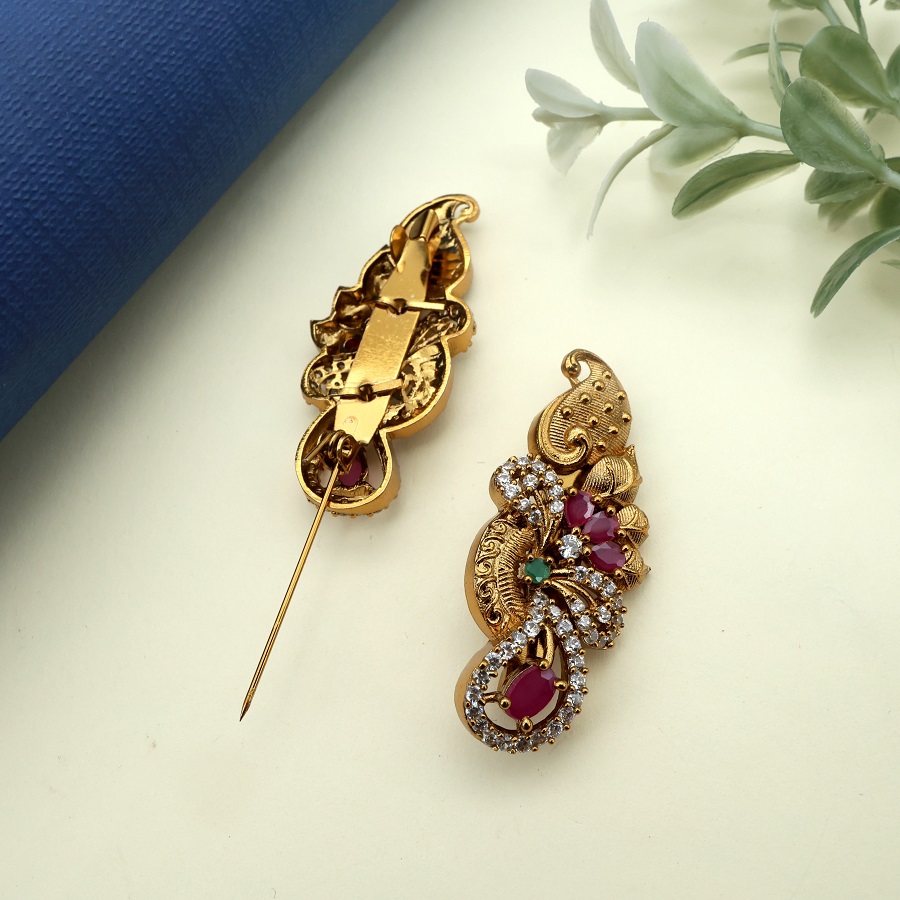Introduction
Brooch pin, once ubiquitous in fashion and adornment, are making a significant comeback in recent years. With their rich history and diverse styles, brooches serve not only as beautiful accessories but also as markers of identity, status, and personal expression. This guide aims to explore the history, styles, and significance of brooch pins, providing collectors with the insights needed to embark on their journey into the world of these captivating adornments.
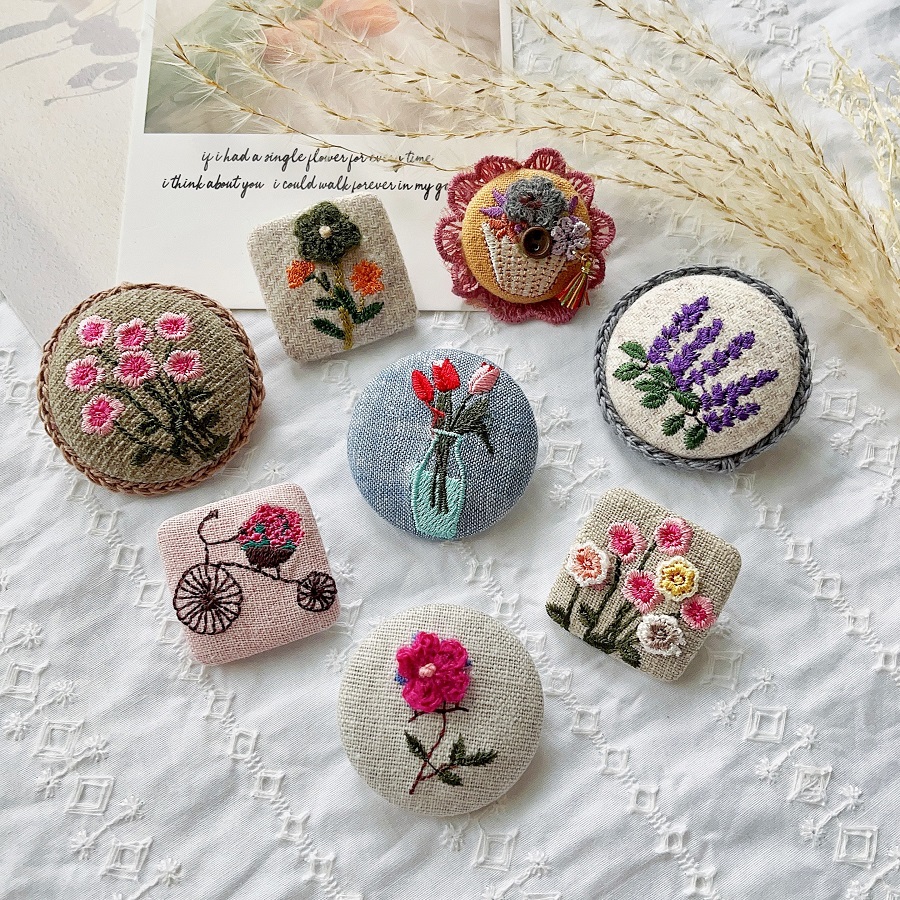 The Artistry of Brooch Design
The Artistry of Brooch Design
One of the most alluring aspects of brooch pins is the incredible craftsmanship that goes into their creation. Skilled artisans dedicate their time to designing and executing these miniature masterpieces. From choosing the right materials to meticulously crafting each element, the artistry involved is extensive.
Materials
Brooches can be made from a variety of materials, each contributing to the piece’s overall aesthetic. Common materials include:
- Metals: Gold, silver, and platinum are standard choices, often adorned with precious or semi-precious stones. The quality of the metal used can significantly affect the brooch’s appearance and longevity.
- Enamel: This technique, dating back thousands of years, involves fusing powdered glass to metal. Enamel can bring vibrant colors and intricate patterns to brooch designs, adding depth and visual interest.
- Gems and Stones: From sparkling diamonds to colorful sapphires and intricate opal inlays, gemstones are a favorite embellishment. The cutting and setting of a gemstone require an artisan’s precision and skill, making each piece unique.
- Vintage Materials: Many vintage brooches feature materials such as bakelite, glass, and even fabric. These materials offer unique textures and colors, often telling a story about the era from which they originate.
Techniques
The creation of a brooch involves a variety of techniques that showcase the artisan’s skill, such as:
- Cloisonné: This is an intricate enamel technique involving the use of metal wires to create compartments, which are filled with colored enamel. The result is a stunning and often intricate design.
- Filigree: A delicate form of metalwork that uses fine threads of gold or silver to create intricate designs. The precision required for filigree adds a dimensional quality to brooch pins.
- Piercing: This technique involves cutting and shaping metal to create openwork designs, allowing light to play through the piece and enhancing its visual appeal.
- Setting: The process of positioning stones securely onto the piece can profoundly impact its overall aesthetic. Whether through bezel, prong, or pave settings, the arrangement of gemstones on a brooch requires expert knowledge and skill.
The History of Brooch Pins
Ancient Beginnings
The history of brooch pins dates back to antiquity. The earliest pins were used primarily for practical purposes, serving as fasteners for clothing and other items. Archaeological findings suggest that pins similar to brooches have been unearthed from ancient Egyptian, Greek, and Roman civilizations. The Egyptians crafted intricate pins from gold and adorned them with precious stones, while Romans often wore fibulae—clasp-like brooches used to secure garments.
Medieval and Renaissance Periods
During the medieval period in Europe, brooches evolved from functional fasteners to ornamental pieces. They became symbols of prestige and wealth, often adorned with exquisite craftsmanship and intricate designs. The Renaissance heralded a revival in arts and crafts, and brooches were no exception. Artists began to create pieces that resembled miniature sculptures, often embellished with enamel, gemstones, and intricate motifs.
The Victorian Era
The Victorian era (1837-1901) marks a significant chapter in the history of brooches. These accessories became significant in Victorian fashion, often serving as sentimental tokens representing love, friendship, and memory. It was common to see brooches crafted in the form of lockets or featuring cameos, often given as gifts on special occasions. The use of mourning jewelry also became prevalent during this time, with brooches made from jet or containing the hair of a deceased loved one.
The 20th Century and Beyond
The 20th century saw a dramatic evolution in brooch design. Art Deco, Mid-Century Modern, and even Pop Art movements inspired a plethora of new styles. The use of alternative materials, such as Bakelite and plastic, emerged, making brooches accessible to a wider audience. Brooches became less about function and more about fashion, allowing wearers to express their individuality and style.
Styles of Brooch Pins
The world of brooch pins is incredibly diverse, encapsulating a wide variety of styles, materials, and forms. Here are some prominent styles that collectors should be aware of:
Antique and Vintage Brooches
- Victorian Brooches: Characterized by intricate designs, these pieces often featured gemstones and engravings related to Victorian themes.
- Edwardian Brooches: These were more delicate and featured filigree work, often utilizing pearls as a mainstay in their designs.
Art Nouveau and Art Deco Brooches
- Art Nouveau: Known for flowing, organic lines and natural motifs, Art Nouveau brooches often incorporate floral and faunal elements crafted in enamel and semi-precious stones.
- Art Deco: This style is marked by geometric shapes, bright colors, and bold designs. Pieces often use materials like glass, chrome, and Bakelite, reflecting the modernist spirit of the time.
Mid-Century and Contemporary Brooches
- Mid-Century Modern Brooches: Utilizing abstract designs and bold colors, these pieces often reflected the cultural shifts of the 1950s and 1960s.
- Contemporary Brooches: Artists today are innovating with materials and techniques, creating pieces that challenge traditional notions of jewelry and redefine the brooch’s role in fashion.
Thematic and Symbolic Brooches
Brooches can also be categorized based on themes or motifs, such as:
- Nature-Inspired: Floral, insect, and animal designs that celebrate the beauty of the natural world.
- Cultural Symbols: Brooch pins that represent specific cultures, heritage, or iconic symbols, making them perfect for collectors who wish to explore cultural history.
- Political and Social Statements: Many modern brooches are designed to convey messages or support social movements, allowing wearers to express their beliefs.
The Significance of Brooch Pin
Personal Expression
Brooch pins allow individuals to showcase their personality, interests, and creative style. Whether a collector opts for whimsical designs or elegant classics, each piece serves as a statement. Wearing brooches can enhance an outfit, drawing attention to the wearer’s overall aesthetic or feelings.
Sentimental Value
Many brooches carry sentimental value. They often serve as heirlooms passed down through generations, connecting collectors to family history and personal narratives. Collectors often seek out pieces that resonate with their own life experiences or those of their ancestors.
Investment Potential
Brooches can also offer investment value. Certain antique and well-designed contemporary pieces appreciate over time, making them appealing to collectors and investors alike. Knowledge about the market and trends will help collectors make informed purchasing decisions.
Cultural Preservation
Collecting brooch pins can contribute to the preservation of cultural heritage and craftsmanship. Many brooches reflect the historical context and artistic traditions of their time, allowing collectors to appreciate and share stories of these eras.
Tips for Collecting Brooch Pin
- Research Thoroughly: Familiarize yourself with different styles, designers, and historical contexts to make informed choices.
- Inspect Quality: Examine brooches for quality in craftsmanship, materials, and condition. Look for signs of wear or damage that may affect value.
- Connect with Other Collectors: Join collector groups, attend trade shows, and participate in online forums to share insights and access unique pieces.
- Set a Budget: Determine a budget for your collection, taking into account the potential for investment and emotional value.
- Document Your Collection: Keep a record of your brooches, noting their history, value, and any personal stories associated with each piece.
The Brooch Pin in the 19th and 20th Centuries
The 19th century witnessed a democratization of fashion with the Industrial Revolution, which made brooches more accessible to the burgeoning middle class. This era saw the popularity of sentimental jewelry, including brooches that held personal significance, like those containing hair or lockets that housed photographs of loved ones. Such pieces served as heartfelt keepsakes, strengthening the emotional bond between the wearer and the piece.
The Art Nouveau movement in the late 19th and early 20th centuries brought a further evolution in brooch designs, focusing on organic forms and natural motifs. Artists such as René Lalique created brooches that were more than mere accessories; they were unique pieces of artistry that celebrated the beauty of nature and femininity.
In the post-World War II era, brooches became a staple in women’s fashion. Icons like Queen Elizabeth II and actresses such as Grace Kelly popularized the use of brooches, which were often worn as powerful statements of style and status. The iconic “scarf pin” became a quintessential accessory, transcending mere utility and embodying luxury and refinement.
Conclusion
Brooch pin(ブローチピン) are more than mere accessories; they are windows into history, culture, and personal expression. Collecting these charming adornments can be an enriching experience, allowing individuals to curate a collection that reflects their own tastes and the stories they choose to tell. Whether you are drawn to vibrant Art Deco designs or the sentimental allure of Victorian pieces, the world of brooch pin offers endless opportunities for exploration and expression. With the right knowledge and resources, you can embark on a fulfilling journey to collect and appreciate these unique pieces of art and history.
